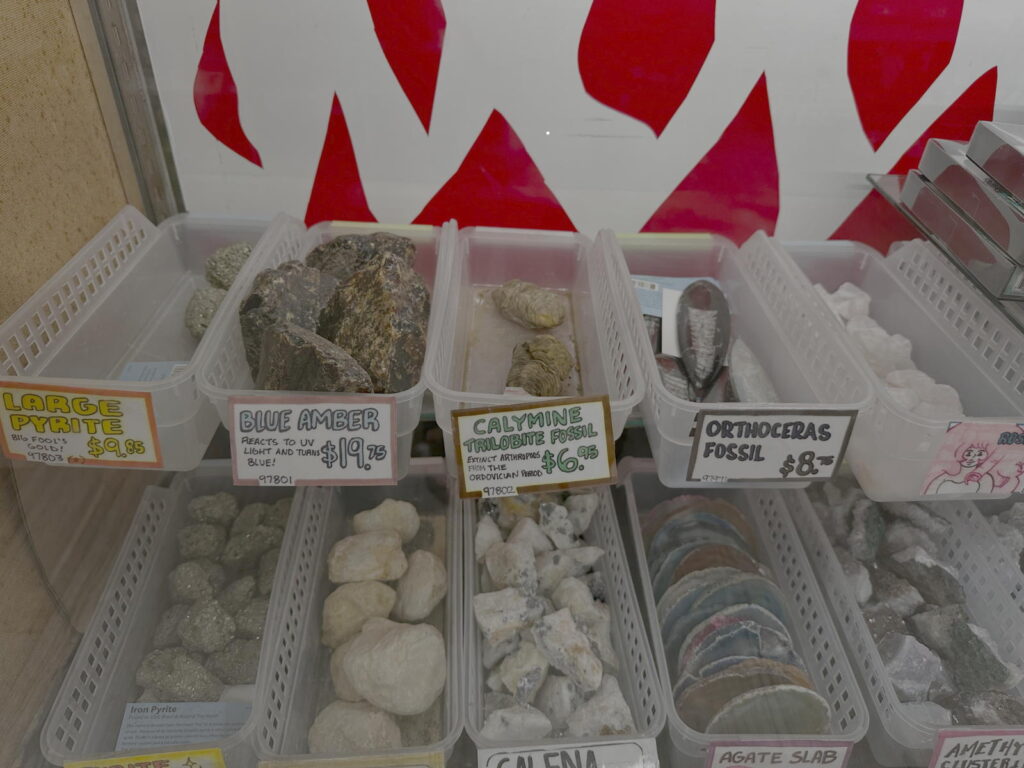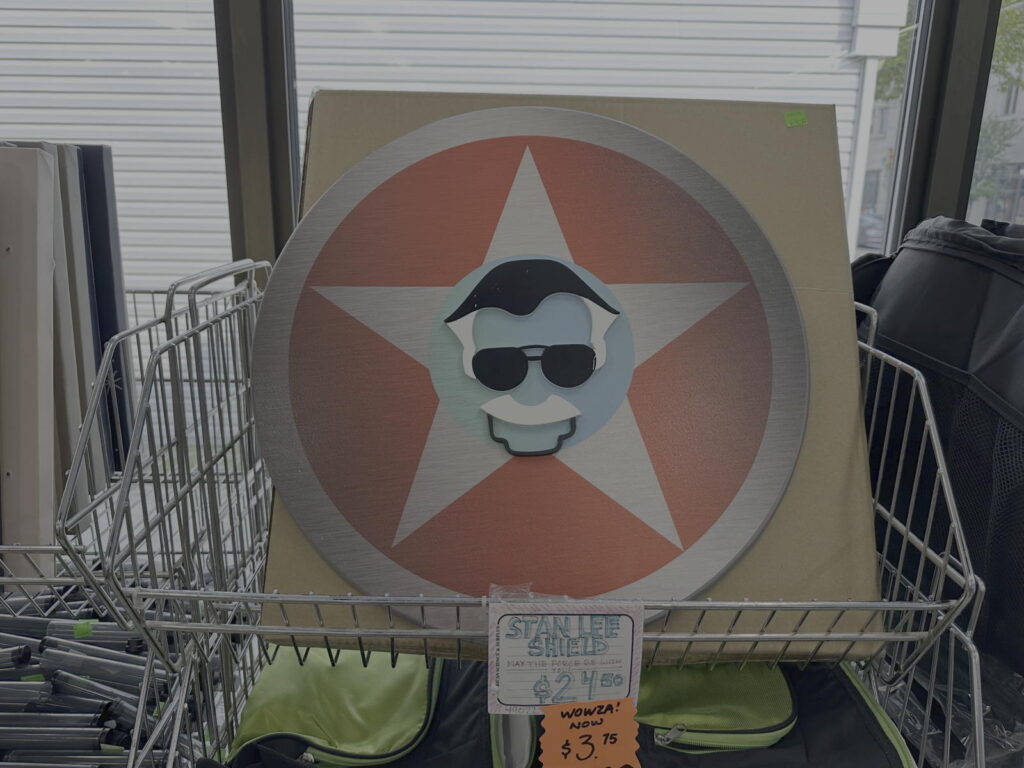A long history
Credit:
American Science & Surplus
Old catalogs from the American Lens & Photo days.
Credit:
American Science & Surplus
American Science & Surplus got its start in 1937 and has expanded its inventory and reach ever since. And Meyer has been a part of the story for the last four decades. “I’ve done everything in the company that there is to do,” he said. “I started off literally scraping floors and Windexing, driven our trucks. I’ve done warehouse sales, I’ve done tent sales. I’ve been store manager, assistant manager, I’ve done—there isn’t anything in this company that I haven’t—and it’s been my life for 41 years.”
Over time, the store has moved far beyond lenses and lab equipment. There’s a science toy section and an aisle devoted to Etsy-style craft supplies. But other, once-thriving areas of the business have suffered. When I first discovered American Science & Surplus in the early 2000s, I would always linger at the massive telescope section. The store staff was always more than happy to answer my questions and explain the differences between the scopes. Now, telescopes are just a small corner of the store, and sales are infrequent. “People come in to ask questions and then buy the telescopes online,” Meyer explained.

Eric Bangeman
One of the display cases in the Park Ridge store.
Eric Bangeman

Eric Bangeman
My kids loved to search through the fossils and minerals when they were younger.
Eric Bangeman
One of the display cases in the Park Ridge store.
Eric Bangeman
My kids loved to search through the fossils and minerals when they were younger.
Eric Bangeman

Eric Bangeman
A shield for Stan Lee stans.
Eric Bangeman

Eric Bangeman
The telescope section is much smaller than it used to be.
Eric Bangeman
A shield for Stan Lee stans.
Eric Bangeman
The telescope section is much smaller than it used to be.
Eric Bangeman
In many ways, American Science & Surplus is a physical manifestation of the maker ethos. There is an endless array of motors, switches, cables, tools, and connectors. “Sometimes our customers will send us photos of their creations,” said Meyer. “It’s always cool to see how people are inspired by shopping here.”
The store should feel familiar to those who were alive in the peak days of Radio Shack. In fact, there used to be a Radio Shack in the same strip mall as American Science & Surplus’ old store in the Jefferson Park neighborhood on Chicago’s northwest side. Meyer said that Radio Shack would frequently send customers a few doors down to his store to find things Radio Shack didn’t stock. And one time, the surplus store sent a customer back. “Radio Shack sent one guy over to us after telling him they didn’t have the item in stock,” Meyer said. “We didn’t have it, but one of our associates knew Radio Shack did, so he walked the customer back, pulled the part out of the bin, and handed it to him.”


